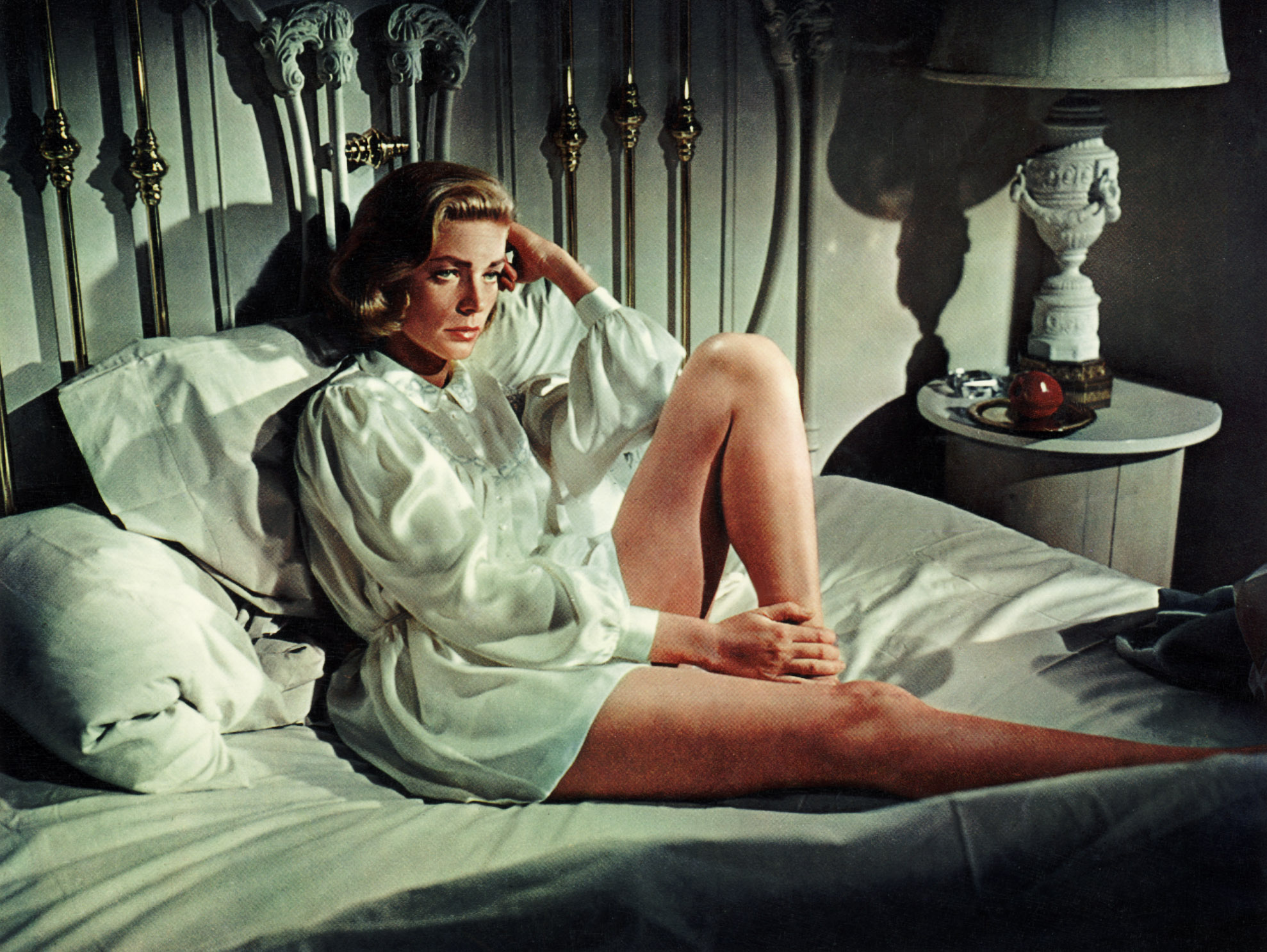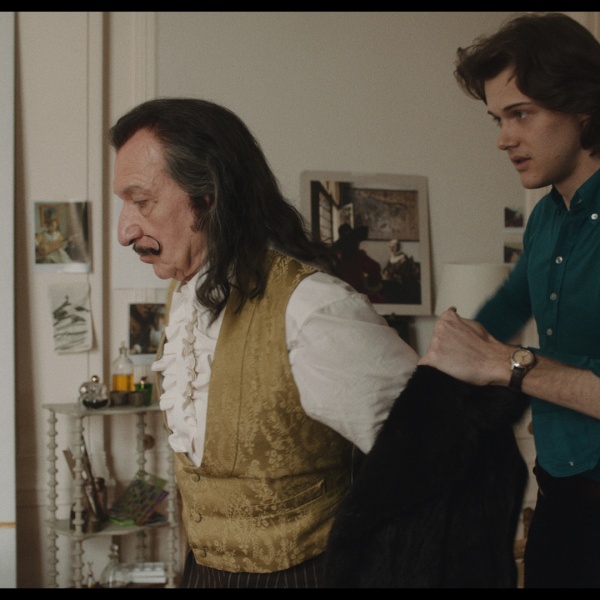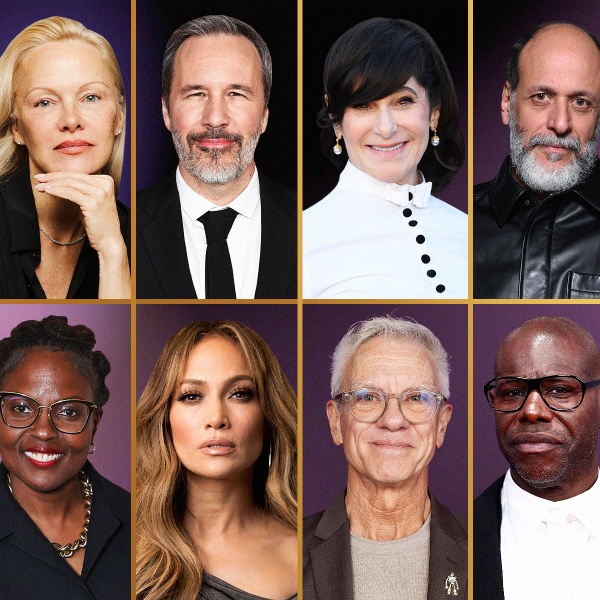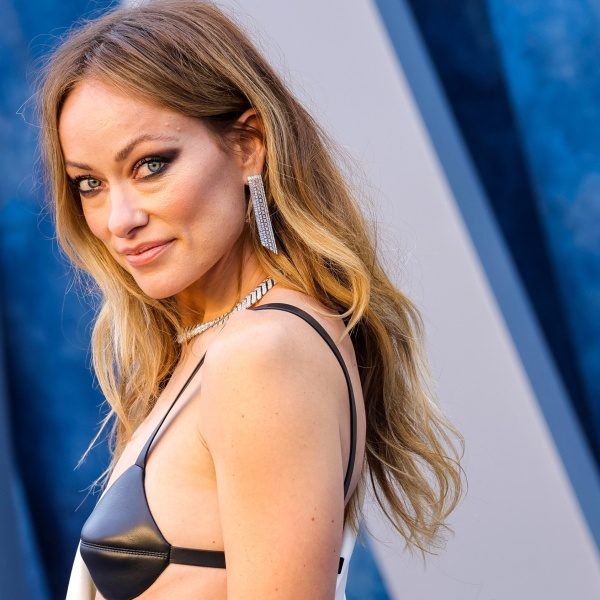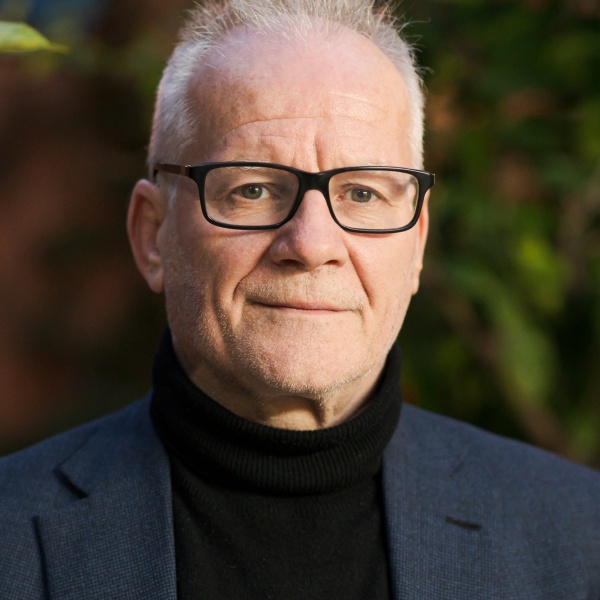“Anybody got a match?” When 19-year-old Lauren Bacall cast a smoldering glance toward Humphrey Bogart in the 1944 film noir “To Have and Have Not,” she stuck the landing of her Hollywood debut with a precision few stars have achieved before or since. Chin down, eyes lifted, she eclipsed one of the most seasoned leading men in the industry. Even before she uttered one of cinema’s greatest innuendos — “You know how to whistle, don’t you, Steve? You just put your lips together and…blow” — she had walked away with the film. Critics raved, hailing her as the next Marlene Dietrich and claiming she had better chemistry with Bogart than Ingrid Bergman had in “Casablanca.”
Director Howard Hawks had plucked the Brooklyn-born teenager from obscurity after seeing her in the pages of Harper’s Bazaar. After changing her name from Betty to Lauren and instructing her to keep her voice in its naturally low register, he deemed her ready to play opposite one of the biggest stars of the 1940s. He did not, however, anticipate that the 44-year-old Bogart would fall for his leading lady, nor that their romance would become one of the most mythologized in Hollywood history. Bogart and Bacall made four movies together — “To Have and Have Not,” “The Big Sleep,” “Dark Passage,” and “Key Largo” — and when he fell ill with esophageal cancer in 1956, she stayed by his bedside until he died.
Their love story was genuine, their dramas more muted than those of other golden couples of Hollywood’s Golden Age. Bacall’s origin story was the real deal, too. She did become a star overnight, and she was just as electrifying as the critics claimed. Understandably, most stories about her focus on this narrative – her mythical discovery in the pages of a fashion magazine, her fairytale romance with her co-star, and the iconic movies they made together. But her early career was not the triumph that it seemed from the outside, and her story didn’t end with Bogart.
In her memoir, Bacall remembered a note she received from the writer Moss Hart shortly after the release of “To Have and Have Not.” “Congratulations on your success,” he wrote. “You realize, of course, from here on you have nowhere to go but down.”
“He turned out to be a prophet,” she quipped.
Bacall would never again reach the cinematic heights of her first movie, but she spent the rest of her life fighting to get back. In many ways, those post-Bogart years are the most remarkable.
Almost from the beginning, her career faltered, hindered by mishandling and big egos (including her own). For her second movie, “Confidential Agent,” Warner Bros. cast her as the simpering romantic interest in a Spanish Civil War thriller. It was a disaster. New York Times critic Bosley Crowther summed up the reception by denouncing her performance as “close to being an unmitigated bore.” Bacall was hardly to blame. For an actor who exuded playful, sophisticated, even dangerous charm, the retiring English rose of a character was pure dissonance.
In response to the public demotion, Bacall resolved to never let the studio make another decision about her career. For the next six years, she waged war with Warner Bros., turning down script after script and enduring suspension after suspension. Her remaining three movies with Bogart were bright spots, but it’s striking just how little screen time she gets in them.
In 1951, the studio finally allowed her to buy out her contract. But the damage was done. Whenever she sought roles in large movies thereafter, she was forced to beg and compromise. To secure a leading part in 1953’s “How to Marry a Millionaire,” she alone had to audition, even as co-stars Betty Grable and Marilyn Monroe were courted by producers. When she wanted the main role in 1957’s “Designing Woman,” she was forced to cut her salary by half. Both films produced some of the most winning performances of her movie career, but the fights she had to wage for them left a bitter taste.

After Bogart died and she suffered through a brief, publicly humiliating romance with Frank Sinatra, the 32-year-old Bacall made a gutsy decision. She left Hollywood. For many stars — the ascendent, the established, and even the has-beens — staying in the world where they had first tasted fame was a given. Leaving it behind was like leaving Earth. But Bacall had had enough, and her decision to leave would prove to be one of the best of her career. Instead of fishing for underwritten supporting roles within the crumbling studio system of the late ‘50s, she took an offer to star in a play on the East Coast. “Goodbye Charlie” centered on a man who is reincarnated as a woman. With her sultry glower and husky voice, she was the perfect fit. The production was not a success, but it demonstrated one thing for certain: Lauren Bacall could carry a show.
Growing up in Manhattan, her aspiration had always been Broadway. Moving to Hollywood had happened by chance, and it quickly took on a life of its own. Returning to New York and the stage was like coming home. After “Goodbye Charlie,” Bacall enjoyed a multi-year run in the hit Broadway comedy “Cactus Flower,” but her starring role in “Applause,” a musical adaptation of Joseph L. Mankiewicz’s film “All About Eve,” truly reset her career. Bacall took the role of fading screen icon Margot Channing, the character immortalized by the actor’s childhood idol, Bette Davis. Unlike Davis, however, Bacall had to sing, dance, and hold her own against a cast of seasoned Broadway professionals. Not only did she hold her own, she dominated. Writing in The New York Times, the same publication that had so quickly dismissed her after her second movie, Walter Kerr said Bacall took the audience’s breath away. “[W]ith this thundering appearance,” he wrote, “[she] ceases being a former movie star and becomes a star of the stage, thank you.”
Speaking of the ecstatic reception, Bacall wrote, “It was almost like being discovered for the first time.”
There aren’t many actresses who went from playing sultry femme fatales to headlining Broadway musicals. The simmering, seductive nature of an onscreen femme fatale doesn’t have a corollary in musical theater. She is languid and mysterious. Her magnetism hinges on lingering closeups and the cinematic interplay between light and shadow. But as far back as her first movie, there are hints that Bacall could someday take Broadway by storm. When she caresses Bogart’s face only to give it a playful slap or raises a sardonic eyebrow, there is a tightly coiled energy that threatens to overflow the frame, an intensity that would one day electrify a whole theater.

When Bacall sat down to write her memoir in the late ‘70s after winning a Tony Award for “Applause,” she was determined to do it her own way. No ghost writers. No co-writers. Titled “By Myself,” the result is remarkably direct — the voice unmistakably hers. The writing is assured, propulsive, staccato, and witty. There are moments of grandiosity, a handful of far-fetched anecdotes, and a surprising lack of self-awareness when discussing the strained relationship she had with her children. But there is an equal amount of unflinching self-reflection and detail. Her description of Bogart’s illness is painfully raw, her account of her relationship with Sinatra practically cringes off the page, and her openness about her infatuation with politician Adlai Stevenson challenges the picture-perfect image of her marriage. Even in today’s world of celebrity tell-alls, Bacall’s emotional honesty is arresting. In 1980, it earned her a National Book Award.
By this point in her career, looking back was safer than looking ahead. “Applause” was behind her, the future of her film career uncertain, and her mother had recently died. She had also earned a spiky reputation. “When she was in a good mood, Betty could seduce a stone,” wrote Jamie Bernstein, daughter of composer and Bacall’s longtime friend Leonard Bernstein. “[B]ut she was also notoriously imperious and cruel. Waiters shrank from her; maids quit; doormen held their breath as she strode past them…”
“She had a very bad reputation around New York as a diva,” actor Paul Dooley told Bacall’s biographer, William J. Mann, citing rumors that she had gone through 15 to 20 hairdressers and makeup artists before the project started filming. Her former manager remembered that she felt cheated out of opportunities that were afforded other stars. If it wasn’t Warner Bros. miscasting her, it was the continued rejection of Hollywood, or the constant conflict between breaking free of Bogart’s shadow and shaping his legacy in her own image. Now a grande dame of the theater, she was no longer the youngster who taught Bogie to whistle. Reclaiming her past by writing a memoir allowed her to remind the public, Hollywood, and maybe even herself, that she had a legacy to be reckoned with.
Toward the end of “By Myself,” Bacall reflects on her life with characteristic candor, and asks an astute question. “Through pure luck — the luck of face and body, and having them noticed by others at the right time — I was given an opportunity to reach the highest of all highs at the age of nineteen… With that I was also given a personal life fuller than I had ever dreamed I would have, or, needless to say, have had since. At the age of twenty I had grabbed at the sky and had touched some stars. And who but a twenty-year-old would think you could keep it? When it all went… why did I keep going? Why didn’t I fall prey to the obvious pitfalls of life – booze, drugs, withdrawal?”

When contemporaries like Marilyn Monroe, Judy Garland, and Ava Gardner were losing themselves to the scars of the Hollywood machinery or simply retreating into the shadows of their younger selves, Bacall took another path. In her memoir, she attributes her resilience to the love of her mother and Bogart — the unselfish, nurturing love that gave her a sense of self. But there was more to it than that. By her own admission, she was tough as nails, ruthlessly ambitious, unwaveringly self-centered, and compulsively hardworking. This made her an ambivalent parent, combative co-star, and hellish employer, but it also kept her from retreating. Given the option, she always took another swing. Through insecurity, entitlement, or enduring love for her craft, she never stopped fighting for her place in the industry.
Bacall did return to movies later in her career and even earned an Oscar nomination for her performance in Barbra Streisand’s “The Mirror Has Two Faces” in 1996. In it, she plays Streisand’s mother, a formidable aging beauty who cedes the floor to no one. There are flashes of her perfect comic timing, but more than in any other film, she is allowed to explore the subtler realms of regret, guilt, defiance, and vulnerability. In one scene, Streisand’s character asks her what it was like to have been beautiful. After a long pause in which her defensive mask slips and her eyes grow distant with memory, she says simply, “It was wonderful.”
A century after her birth and a decade after her death, Lauren Bacall is a reminder of the cruelty of her profession — its deification of youth, its fickleness, and, ultimately, its shallow obsession with little gold men. When she missed out on the award for Best Supporting Actress for “The Mirror Has Two Faces,” it was like salt in a wound that would never close. And yet, it’s easy to imagine another reality in which the 72-year-old strode triumphantly to the stage, seized the award, and finally put a pin in the comeback story she’d been building for 50 years. This razor’s edge of validation and rejection dictated her career. Rejection, she wrote in the final installment of her memoir, was “the defining feature in the life of an actor…No matter how many years have been invested in performing, how much accomplished, an actor’s life remains tentative…
“Am I a masochist?” she mused. “No. I just have always wanted it badly enough to hang in there and I never stop hoping. Even now, after all these years, the fears, the testing, the failure never goes away. But when it works – WOW! There’s nothing like it.” Even at 81, she was all in.
